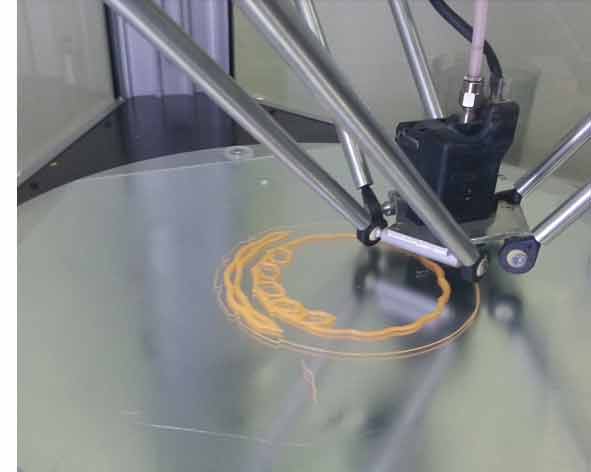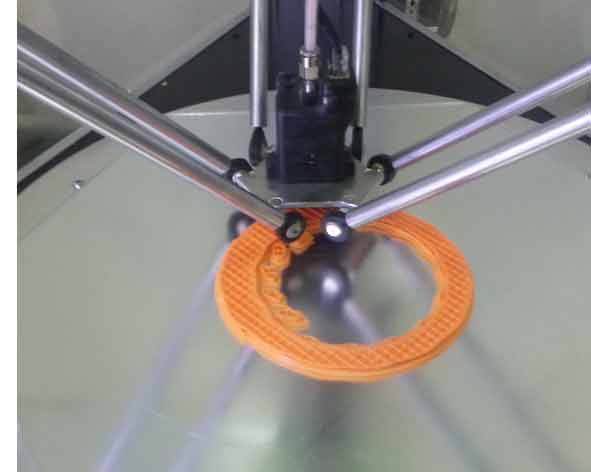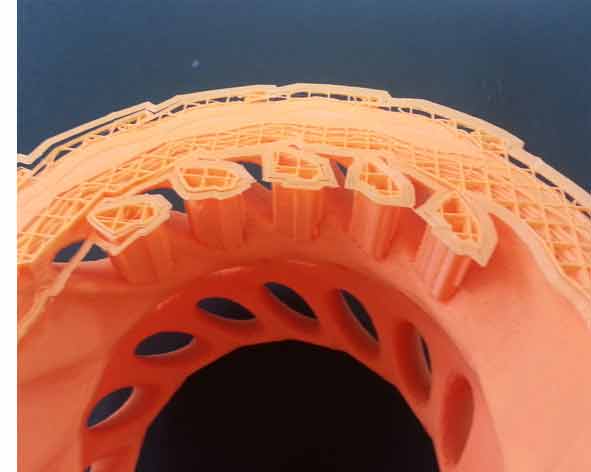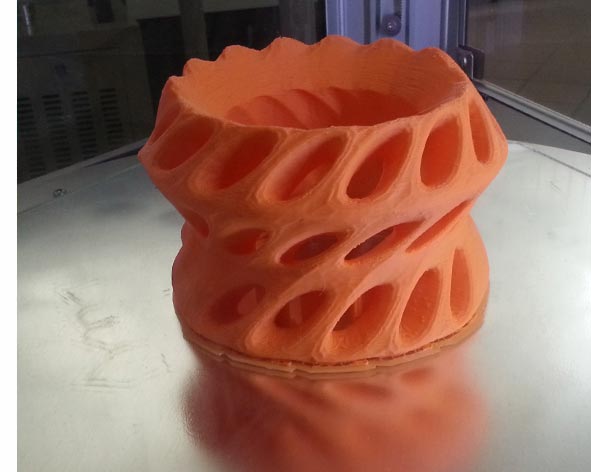Week 5
3D scanning and printing









3D Model, 3D Scan and 3D Print
This week assignment is about creating a 3D model which cannot be made subtractively and print it, and possibly 3D Scan an object and try to print it too.
Modeling a 3D object for printing
I started studying the Fab Lab Frosinone Rhino/Grasshopper Webinar and other Grasshopper tutorial about recursive design strategies.
In my idea, the simple object change form and dimention because interacts with other objects or movements; I did some modeling test to prove the correctness:
- I drew some handmade sketches to understand the starting model;
- I installed additional plugins of Rhino/Grasshopper WeaverBird;
- I started from a circle defined by radius and center point;
- I created a series of the first circle along the z axis;
- Using an attraction point and Graph Mapper I scaled in xy the circles along a Parabola;
- I transformed the curves in loft and I rotated the structure around the z axis;
- Then I created other attraction point along a circle: it attracts the normal vector of each face created;
- For this reason I subdivided the surface using a domain: when the face was out of domain range I used WeaverBird's Picture Frame;
- I constructed the internal surface using non-uniform scale and I closed the mesh;
- After I jointed each mesh and I used WeaverBird's Catmull-Clark to create the final model;
- I Baked the mesh and used UnifyMeshNormals to control it;
3D Printing the objects
I moved the objects (file .stl) into the Cura software provided with the Ultimaker and prepared the G-code for printing it.
Parameters to print the object
- QUALITY -
LAYER HEIGHT (mm): 0,4
SHEEL THICKNESS (mm): 0,8
- FILL -
BOTTOM/TOP THICKNESS (mm): 0,8
FILL DENSITY (%): 15
- SPEED AND TEMPERATURE -
PRINT SPEED (mm/s): 120
PRINTING TEMPERATURE (°C): 185
BED TEMPERATURE (°C): 0,8
- SUPPORT -
SUPPORT TYPE : TOUCHING BUILDPLATE
PLATFORM ADHESION TYPE : BRIM
- FILAMENT -
FILAMENT DIAMETER (mm) : 1,75
FILAMENT FLOW (%) : 100
- MACHINE -
MACHINE NOZZLE SIZE (mm) : 0,4
- RETRACTION -
RETRACTION SPEED (mm/S) : 40
RETRACTION DISTANCE (mm) : 4,5
- QUALITY (Advanced) -
INITIAL LAYER THICKNESS (mm) : 0,2
INITIAL LAYER LINE WIDTH (%) : 100
- SPEED (advanced) -
TRAVEL SPEED (mm/s): 150
BOTTOM LAYER SPEED (mm/s): 20
3D Scanning objects
For 3D scanning I approached the task using the Sense 3D Scanner. I started defining what I had to scanned: person or an object. In my case I scanned myself and a colleague. To understand the different settings I had scanned my head and her body. I had to redo many times the scanning because I lost the center position or the correct distance. Then I moved the scan in Rhino (.ply) to fix the mesh and and finish the process.
Download Files
3d Model:
Scanning:
Programs: Rhinoceros, Grasshopper, Software Sense.
Machinery: Delta Wasp 40 70, Sense 3d Scanner.